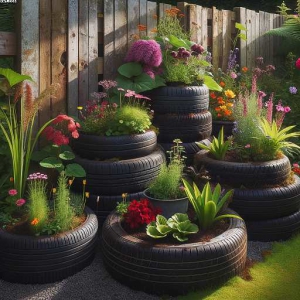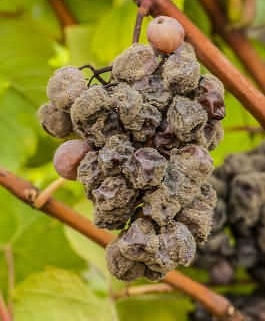Hydrostore-Grey Mould Problem ?
Grey Mould Problem
Grey Mould Problem
Of course the first time that I can remember this problem was when I was rooting my first Chrysanthemum cuttings. Coincidently, it was also in my first greenhouse. Although still a teenager I rented my first allotment which was next door to my local park in Dewsbury ,West Yorkshire. So, I was always careful with my money and indeed had a paper round in the morning and also the evening.
Of course this enabled me to pay the yearly rent on my first allotment. The cuttings were given to me by a vey kind allotment holder who has now passed away. Mr Grimes was also the local council swimming instructor in the Dewsbury area. So, Mr grimes was the king of growing all sorts of things including dahlias and chrysanthemums. My first job was to clear the overgrown allotment area including my newly acquired and rather old greenhouse.
Ventilation became the problem
Grey Mould is technically known as ” Botrytis Cinerea” . Hence grey mould is a type of fungus and can spread very quickly if not spotted early. The mould is more rampant in humid and warm growing conditions. Going back to my youth! Mr grimes kindly gave me a selection of chrysanthemum cuttings to try and root myself. So, the last user of the greenhouse had left some good and useful things including seed boxes and smaller things such as plant labels.
This was all to become useful as money was not available form my parents in those days ! Everything had to be earned. Hence my two paper rounds. After looking up “rooting cuttings” in my old and tattered gardening book. Then I filled two wooden boxes with peat and placed in the prepared cuttings using a good quality peat. This was the main medium that all gardeners used in those days. Most growers now use “Coco” as a growing medium, due to environmental considerations.
However I digress! So my greenhouse was not heated, (because I could not afford) . Consequently, the days were warm and the nights cooler. Unfortunately for me this encouraged the growth of grey mould on my newly acquired cuttings. Eventually, I lost the lot, but this was a lesson learned!
Ventilation was the lesson learned. This old greenhouse had a window that opened but could not now be used because of age. Modern plant growers have a wealth of equipment to stop grey mould from attacking your valuable plants. Whether indoors or in a greenhouse then good ventilation is a must. “Prevention is better than a cure”. Here at Hydrostore we sell a large selection of fans and ventilation extractor fan systems.
Good ventilation the best practice
So, lights and heaters can cause the humidity that grey mould thrives on! My latest greenhouse (fifty years later) has many top openings and side vent systems. Even so I will have an electric fan in place for high temperatures or thundery clammy weather. When growing using hydroponics systems there is a good amount of water involved. So once again good ventilation is a must. In humid conditions the grey mould can spread very quickly.
The mould can also hide on non-growing items just ready to spread into your valuable flowers and fruit. Good cleanliness in the growing area is also a must. As I have mentioned, fans and dehumidifiers are available from you nearest “Hydrostore” here in West Yorkshire.
rrey mould thrives on environments that are to humid and quickly spread from plant to plant and often to non plant items to, its especially common in the very early stages or the d flowering stages if the humidity is to high and you have a lot of dense flowers and fruits that the old loves to hide in. A great product that can be used is “canna cannazym“. Please read the instructions carefully for the best results.
Just as a footnote then grey mould is common on grapes and can be clearly seen on the attached image.



